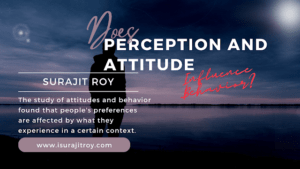---Advertisement---
My comprehensive understanding of global trade complexities has earned me a stellar reputation. Sharing insights through writing is my passion, reflected in my diverse literary pursuits encompassing fiction, non-fiction, and current global business and social topics.
© Surajit Roy • All rights reserved • Powered by CRÉER





